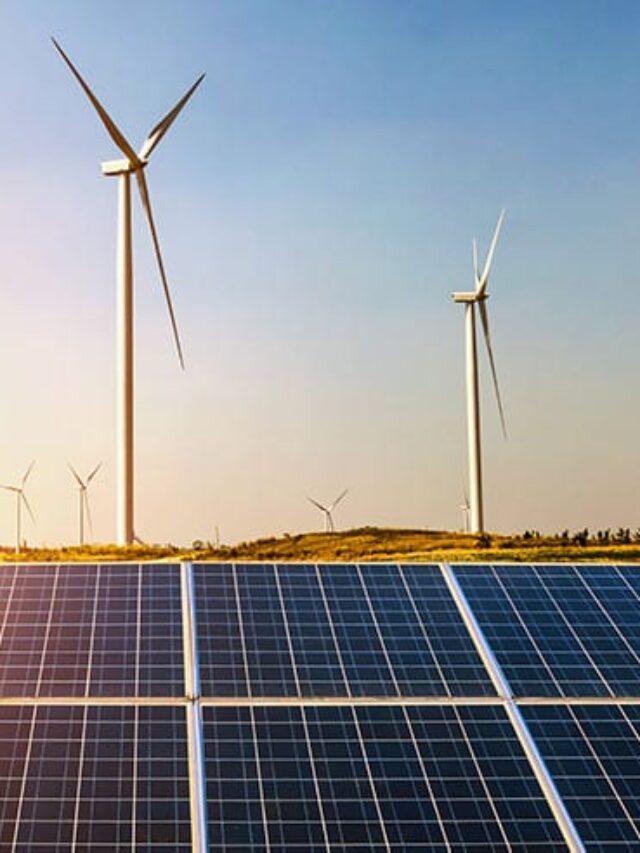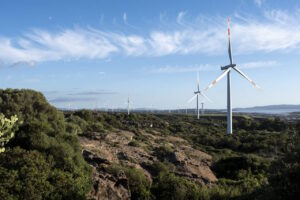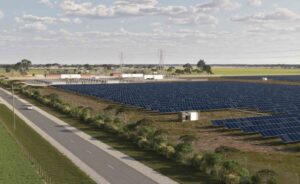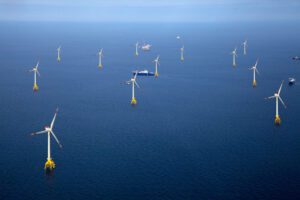The Australian Energy Market Operator has confirmed Wednesday’s record high share of renewables on the nation’s main grid, calling it at 69.9 per cent between 11am and 11.30am, according to data recorded at 30-minute intervals.
As RenewEconomy reported, the true peak was even higher according to the online platform OpenNEM, which publishes National Electricity Market data a five-minute intervals, as well as 30-minute.
According to OpenNEM, the instantaneous share of renewables on the main grid passed the 70 per cent milestone a couple of times over the morning of September 20, hitting at an all-time high of 70.6% at 11.45am.
No matter which way the data is cut, both figures are still records for the NEM.
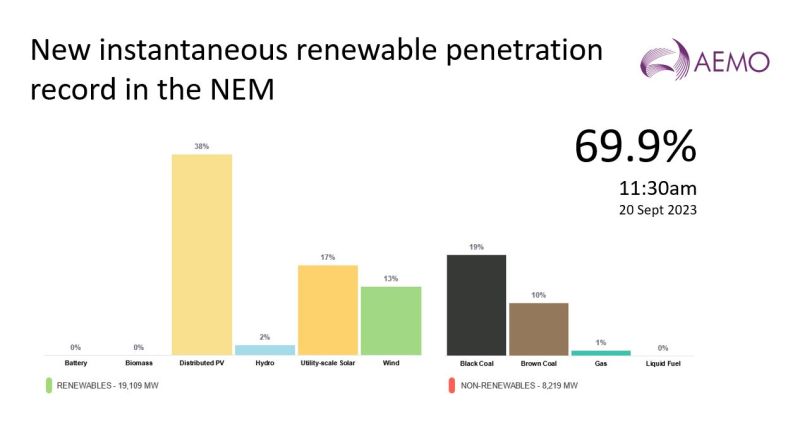
“At the time, rooftop solar generation contributed 38 per cent, grid-scale solar 17 per cent, wind 13 per cent and hydro 2 per cent, combining to deliver more than 19 gigawatts of electricity to homes and businesses,” AEMO said in a LinkedIn post.
“As Australia’s energy market operator, it’s our goal to work with industry to engineer power systems to securely operate at 100 per cent renewables, at times, by 2025.”
Record highs for instantaneous renewables mean record lows for coal, as rooftop solar eats into demand.
RenewEconomy reported yesterday that a new record minimum instantaneous NEM coal share of 28.5 per cent was recorded at 11:45am, down 0.55 per cent from previous low of 29.1 per cent at around midday on October 28 last year.
Could have been 83 pct
And while the new record is impressive – albeit for a short interval only – it could be a lot higher if a whopping amount of curtailment wasn’t happening.
About 12.6 per cent of renewables, or 4 gigawatts (GW), were sitting dormant on the sidelines between 11am and 11.30am yesterday.
Had these been deployed, the penetration of renewables into the NEM would have hit 83.2 per cent, wrote Josh Stabler, the managing director of consultancy Energy Edge, in a LinkedIn post.
“A fair chunk of this will be due to the substantial negative prices at the time (Vic:-$67/MWh; Qld:-$23/MWh; SA:-$60/MWh). Victorian Wind accounted for 1988MW of the constrained capacity (~50 per cent),” he said.
Stabler told RenewEconomy that access to these extra renewables will mostly come via new battery storage over the medium term.
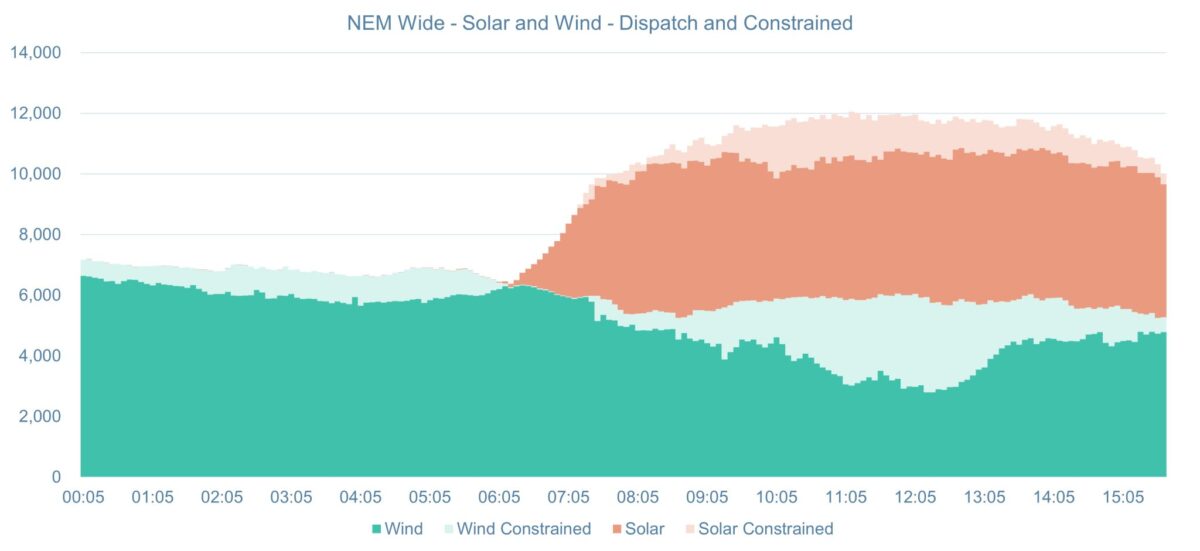
What might shift those midday prices back into, or near, positive territory is the anticipated new demand coming online from electric vehicles, hydrogen production, and other electrification, and more storage.
Rystad energy senior researcher David Dixon expects utility batteries to enjoy a profitable decade for energy arbitrage during the 2020s, smoothing out Australia’s volatile energy markets.
“Furthermore, delays to transmission upgrades/pumped hydro facilities, higher gas prices & greater unreliability of the coal fleet are all upside for utility batteries,” he wrote in a post on LinkedIn.
Australia will need to engage soon with any and all options to bring that constrained supply into the NEM if it wants to meet its 82 per cent renewables in the NEM target.
That target is for an annual average of 82 per cent. Currently, despite the impressive figures from yesterday, the country’s annual average was 37.5 per cent renewables penetration at the end of August.

